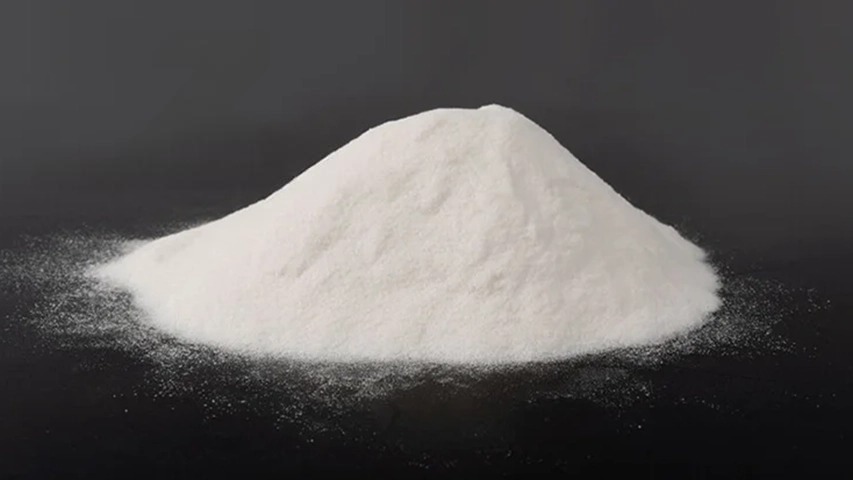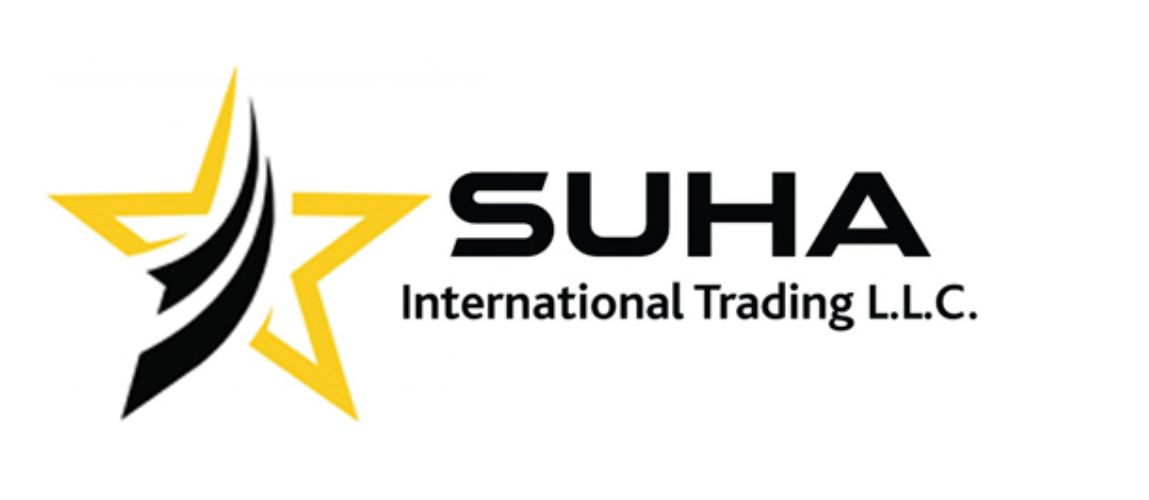Supplier of Soda Ash Light from Turkey and Dubai-UAE

Description of Soda Ash Light
Soda Ash Light, also known as Light Sodium Carbonate (Na₂CO₃), is a white, fine, odorless powder widely used as a strong alkaline chemical in various industries. It is the lighter form of soda ash, characterized by its low bulk density and high solubility, making it ideal for liquid formulations and chemical processes that require fast reactivity.
Soda Ash Light serves as a key raw material in the detergent, chemical, textile, and water treatment industries, where its excellent solubility and alkalinity make it highly effective for neutralizing acids and controlling pH levels.
Physical Properties
-
Appearance: White, fine crystalline powder
-
Bulk Density: 0.5 – 0.6 g/cm³
-
Solubility: Highly soluble in water (approx. 215 g/L at 20°C); solubility increases with temperature
-
Melting/Decomposition Point: Decomposes around 851°C (1564°F) before melting
-
Hygroscopicity: Slightly hygroscopic; should be stored in a dry area to prevent clumping
Chemical Properties
-
Chemical Formula: Na₂CO₃
-
Molecular Weight: 105.99 g/mol
-
pH (1% solution): Around 11.5, indicating strong alkalinity
-
Reactivity: Reacts with acids to produce carbon dioxide (CO₂), water, and corresponding salts; also forms a mildly basic solution when dissolved in water
Applications and Uses of Soda Ash Light
Because of its excellent solubility and alkaline nature, soda ash light is used across multiple industries for diverse chemical and industrial applications.
1. Detergent and Cleaning Industry
Soda Ash Light is one of the most important ingredients in laundry detergents and cleaning formulations.
-
Acts as a builder to improve cleaning efficiency by softening water.
-
Maintains alkaline conditions to enhance stain removal.
-
Used in industrial and household cleaners for removing oil, grease, and mineral deposits.
2. Chemical Industry
-
Functions as a key raw material in the production of sodium-based chemicals, such as sodium silicate, sodium bicarbonate, and sodium phosphate.
-
Widely used for acid neutralization, pH regulation, and alkalinity adjustment in various chemical manufacturing processes.
3. Pulp and Paper Industry
Used in pulping and bleaching processes to separate lignin and enhance paper whiteness, brightness, and texture.
4. Textile Industry
Soda Ash Light plays a vital role in dyeing and finishing processes.
-
Ensures proper dye fixation on fabrics.
-
Controls pH levels during textile processing to achieve consistent coloring results.
5. Water Treatment
-
Regulates pH and alkalinity in municipal and industrial water systems.
-
Neutralizes acidic water, protecting pipelines and equipment from corrosion.
6. Food and Beverage Industry
-
Approved as a food additive (E500) used to control acidity.
-
Acts as a leavening agent in baking, helping dough to rise evenly.
7. Environmental Applications
-
Used in flue gas desulfurization to remove sulfur dioxide (SO₂) from industrial emissions.
-
Neutralizes acidic soils, enhancing soil fertility and agricultural productivity.
8. Metallurgy and Mining
-
Applied in metal extraction and refining processes to improve the separation efficiency of metals such as copper, zinc, and lead.
9. Other Industrial Uses
-
Used in adhesives, glass polishing compounds, and ceramics.
-
Plays a role in pharmaceutical formulations, soap production, and photographic chemicals.
Difference Between Soda Ash Light and Dense Soda Ash
While Soda Ash Light and Soda Ash Dense share the same chemical formula (Na₂CO₃), they differ primarily in physical properties, bulk density, and industrial applications.
Soda Ash Light has a lower bulk density (approximately 0.5 to 0.6 g/cm³) and consists of fine powdery particles, making it ideal for applications that require high solubility and rapid dissolution, such as in detergents, water treatment, and chemical production.
In contrast, Soda Ash Dense is granular and heavier, with a bulk density of around 0.9 to 1.1 g/cm³. It is more suitable for high-temperature and heavy-duty processes, including glass manufacturing, ceramic glazing, and metallurgy.
Price-wise, soda ash dense is generally more expensive due to its higher density and purity. However, both types are produced from similar raw materials through the ammonia-soda (Solvay) process or from natural alkali sources.
Handling, Storage, and Transportation
Soda Ash Light should be handled with care to prevent moisture absorption.
-
Store in a dry, cool, and well-ventilated area.
-
Avoid contact with acids and moisture.
-
Use sealed packaging to maintain product quality.
Container Loading
-
20’ Container: Approx. 25 metric tons
-
40’ Container: Approx. 27 metric tons
Packing Details
-
25 kg or 50 kg PE bags
-
1000 kg PP big bags
-
1250 kg jumbo bags
These packaging types ensure safe storage, handling, and international transportation of soda ash light.
Specifications of Soda Ash Light (Sodium Carbonate)
| CHEMICAL COMPOSITION | UNIT | MIN | MAX |
|---|---|---|---|
| SODIUM CARBONATE | %wt | 99.2 | 99.6 |
| SODIUM CHLORIDE | %wt | 0.3 | 0.4 |
| SODIUM BICARBONATE | %wt | — | 0.1 |
| SODIUM SULFATE | %wt | — | 0.05 |
| IRON | Ppm | 30 | 40 |
| LOSS ON HEAT | %wt | — | 0.2 |
| MOISTURE | %wt | — | 02 |
| Ni | Ppm | — | 30 |
| Cr | Ppm | — | 10 |
| Mn | Ppm | — | 10 |
| Cu | ppm | — | 30 |


